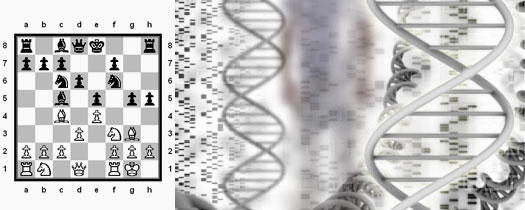A practice is always determined by a series of repetitions and differentiations. Excessive repetition leads to sclerosis and inflexibility, and fails to exploit opportunities in new environments and expand the genetic potentials. If there is too much differentiation, the internal consistency of the work dissolves in the exterior conditions, becomes enslaved to the specific situation, purely local. There needs to be a balance between repetition and differentiation, even in the name of operativity of a practice. Operativity is not only determined by the capacity to adapt, to ply to changing conditions but also by its mastery of certain processes. And that mastery is improved through repetition. Techniques, protocols, handshakes are improved through the development of a practice, as certain modes prove to be successful. We have tried therefore to identify repetitions in the work of the office, and that is why it takes the form of a classification. It is in those repetitions where we try to identify the consistency of the practice, to construct a kind of fingerprint, an DNA of the practice. We want to see the outcome of these years not just as a series of experiments, defined by the specific conditions, but as a consistent reservoir of architectural species to be proliferated, mutated and evolved in the years to come.
txt

